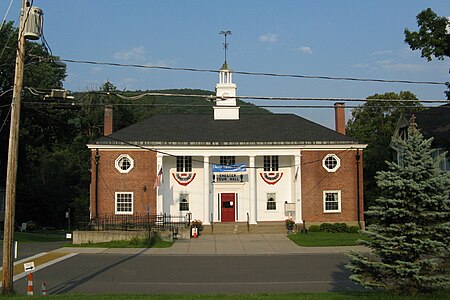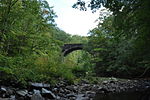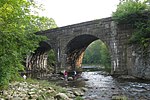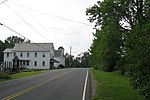Chester, Massachusetts
Chester, MassachusettsSpringfield metropolitan area, MassachusettsTowns in Hampden County, MassachusettsTowns in MassachusettsUse mdy dates from May 2024

Chester is a town in Hampden County, Massachusetts, United States, situated in Western Massachusetts. It is part of the Springfield metropolitan statistical area. The town includes the Chester Factory Village Historic District. The total population was 1,228 in the 2020 census.
Excerpt from the Wikipedia article Chester, Massachusetts (License: CC BY-SA 3.0, Authors, Images).Chester, Massachusetts
Maple Street,
Geographical coordinates (GPS) Address Nearby Places Show on map
Geographical coordinates (GPS)
| Latitude | Longitude |
|---|---|
| N 42.279166666667 ° | E -72.979166666667 ° |
Address
Maple Street 14
01011
Massachusetts, United States
Open on Google Maps








